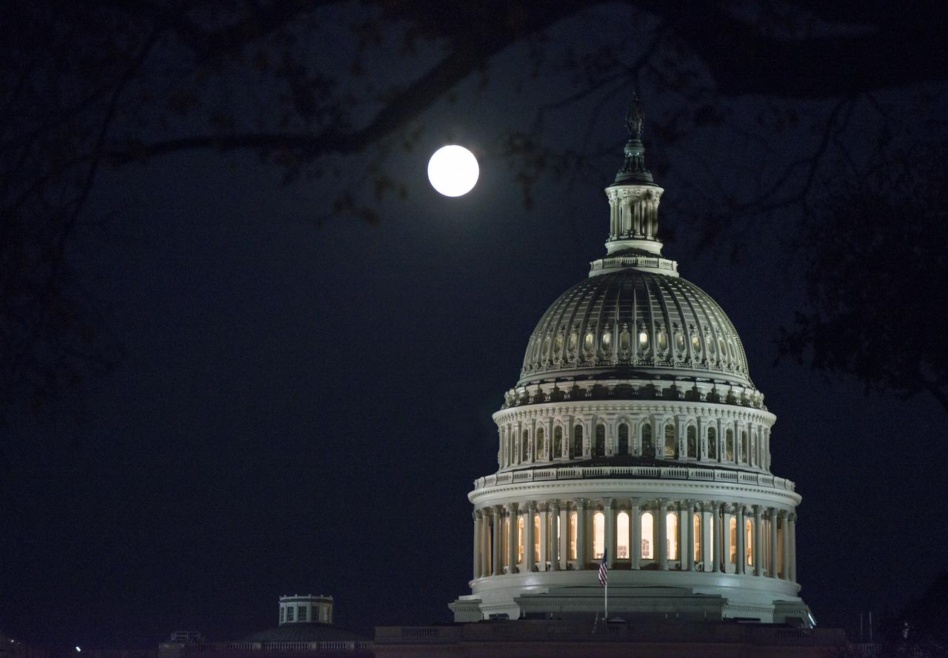The Senate Armed Services Committee (SASC) completed the markup of the FY26 National Defense Authorization Act (NDAA), advancing the bill in a 26-1 vote.
The topline NDAA budget was $913.9B, with an additional $10.8B dedicated to defense-related activities outside the NDAA’s jurisdiction. That brought the total defense request to $924.7B for FY26, excluding tens of billions in dollars of reconciliation funds.
Summary: The FY26 bill focused primarily on modernizing the DoD’s acquisition and budgeting processes to improve the department’s efficiency. But the budget, which is $32.1B more than requested by the DoD, is reflective of the changing threat environment. According to the summary released by SASC, “The United States is operating in the most dangerous threat environment since World War II.”
Space priorities: The space domain remains a high bipartisan priority for lawmakers.
According to the SASC executive summary, the bill includes the following provisions for space:
- Ordering a study on heavy and super-heavy launch capacity.
- Handing over any anti-satellite weapons systems to US Space Force control, with a window for commercial involvement.
- Commissioning a guide to assess liquid oxygen-methane propellant blast damage from the Secretary of the Air Force.
In statements released by senators, the representatives highlighted the following:
- Sen. Kevin Cramer (R-ND):
- $22M to modernize the Perimeter Acquisition Radar Attack Characterization System, which would improve SDA and missile launch detection at the Cavalier Space Force Station in North Dakota.
- $277M for Tranche 3 of SDA’s Proliferated Warfighter Space Architecture, improving ISR of missile and hypersonic threats.
- Sen. Rick Scott (R-FL): Requiring a study from the SecDef to use civilian large cargo aircraft to further the development of Florida’s space coast.
- Sen. Jeanne Shaheen (D-NH): Assessing the impacts of the administration’s tariffs on the defense industrial base and supply chain.
- Sen. Mark Kelly (D-AZ): Requiring the Air Force to produce a plan for the future of ISR assets and evaluating a potential hypersonic and long-range weapons testing corridor in the continental United States.
One Big Beautiful Bill (OBBB) Act: Earlier this month, the OBBB, commonly known as the Reconciliation Bill, was passed into law. It allocates an additional $150B for defense in the upcoming years. The passage of the bill increases the spending requests and allocations for defense over $1T.
The throughline in the NDAA and the OBBB indicates the administration’s prioritization of national defense and space superiority—particularly the emphasis on funding Golden Dome projects.
Space-related nuggets in the OBBB include:
- $3.65B for the R&D of US military satellites, and the protection of these assets;
- $5.6B to develop space-based and boost-phase missile interceptors;
- $7.2B to develop and integrate space-based military sensors;
- $1B to the X-37B space plane program.
What’s next: The FY26 NDAA advances to the Senate floor for consideration, and the final vote has not been scheduled yet. On Tuesday, the House Armed Services Committee will be marking up the bill.




